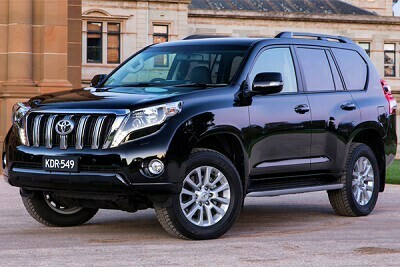Sindh’s Motor Vehicle Revenue Exceeds Agriculture Income Tax
The Sindh government anticipates collecting Rs9.35 billion in motor vehicle registration charges for the current fiscal year, ending June 30, 2025, according to fresh fiscal estimates. Budget data reveals that this figure is more than double the Rs4 billion expected from income tax levied on the province’s extensive agriculture sector.
These statistics underscore a persistent wealth disparity, indicating that individuals in the middle and upper agriculture income brackets, as well as the rural elite, have considerable earnings and expenditures that are not adequately reflected in their tax contributions. Consequently, the tax burden on compliant industrial and service sectors, along with salaried individuals in non-agricultural fields, has been growing.
The province is expected to generate comparatively higher revenue from motor vehicle registration fees, despite the fact that these taxes are imposed at lower rates, ranging from 1% to 5% of the vehicle’s value, contingent on engine size.
Conversely, agricultural income faces substantially higher tax rates, spanning from 15% to 45%, which took effect on January 1, 2025. Furthermore, a super tax ranging from 1% to 10% is applicable to high agricultural incomes, while corporate farming is subject to tax rates between 20% and 29%.
Agriculturists’ Contribution to Tax Revenues Remains Low
During the first half of FY25 (July–December), the applicable agriculture income tax ranged from 5% to 15%. Yet, agriculturists continue to contribute disproportionately little to provincial tax revenues.
Agriculture is a substantial income source for nearly half of Sindh’s total population (55.7 million) residing in rural areas. This includes small-scale farmers, landowners, individuals, and businesses involved in large-scale agricultural production, including livestock.
Muhammad Abrar Polani, an auto analyst at Arif Habib Limited, approximates that approximately 40% of all vehicles sold nationwide are purchased by individuals residing in rural areas.
Around 40% of all vehicles sold in Sindh are purchased by rural residents.
Other analysts have noted that vehicle purchases in rural areas peak during the winter and summer harvest seasons, as well as around Eid-ul-Adha, when farmers predominantly sell livestock in urban centers.
Hamdan Ahmed, an auto analyst at Optimus Capital Management, remarked this week that the agriculture season and PSDP spending fueled sales growth in passenger cars, SUVs, and LCVs in May 2025.
Auto sales (excluding tractors, buses, and 2/3 wheelers) saw a 38% year-on-year rise, reaching 15,396 units in May, bolstered by the resolution of highway blockades caused by previous canal protests, PSDP spending in the closing months of FY25, and the wheat harvest, despite pre-budget expectations.
Deeper Insights from the Numbers
As vehicle ownership increases in rural Sindh, while income tax revenue from agriculture remains notably low, the province’s fiscal data unveils a significant narrative: considerable wealth exists but is not adequately reflected in tax collections.
Current estimates indicate that agriculture accounts for approximately 23.54% of Pakistan’s GDP in FY25, yet its contribution to tax revenue remains around 1%. Since agriculture income tax is a provincial matter, Federal Finance Minister Muhammad Aurangzeb stated that provinces have legislated income tax on agriculture, anticipating a significant increase in revenue in the upcoming fiscal year, commencing July 1, 2025.
Conversely, the Sindh government aims to collect Rs8 billion in agriculture income tax in the next fiscal year (FY26), starting July 1, 2025. This projection remains lower than the Rs9.35 billion expected from motor vehicle registration fees in both the current and upcoming fiscal years.
All four provincial governments have recently enacted agriculture income tax legislation to align with the federal government’s commitment to the International Monetary Fund (IMF) to increase tax collection to Rs14.307 trillion (10.7% of GDP). However, the Sindh government has criticized the federal government for making this commitment without consulting the provinces.
The agriculture income tax is expected to increase the cost of agricultural products, as those in the sector may pass the tax burden on to consumers, it has been suggested.
A substantial portion of the motor vehicle registration fee is generated from passenger cars, SUVs, and LCVs, according to the Sindh Excise, Taxation, and Narcotics Control Department, which collects fees ranging from 1% to 5% of the vehicle’s value. The department also collects smaller amounts from tractor registrations at Rs2,000 per unit and motorcycle registrations at rates between 0.5% and 2% of the two-wheeler’s value.



Comments (0)
No comments yet. Be the first to comment!
Leave a Comment